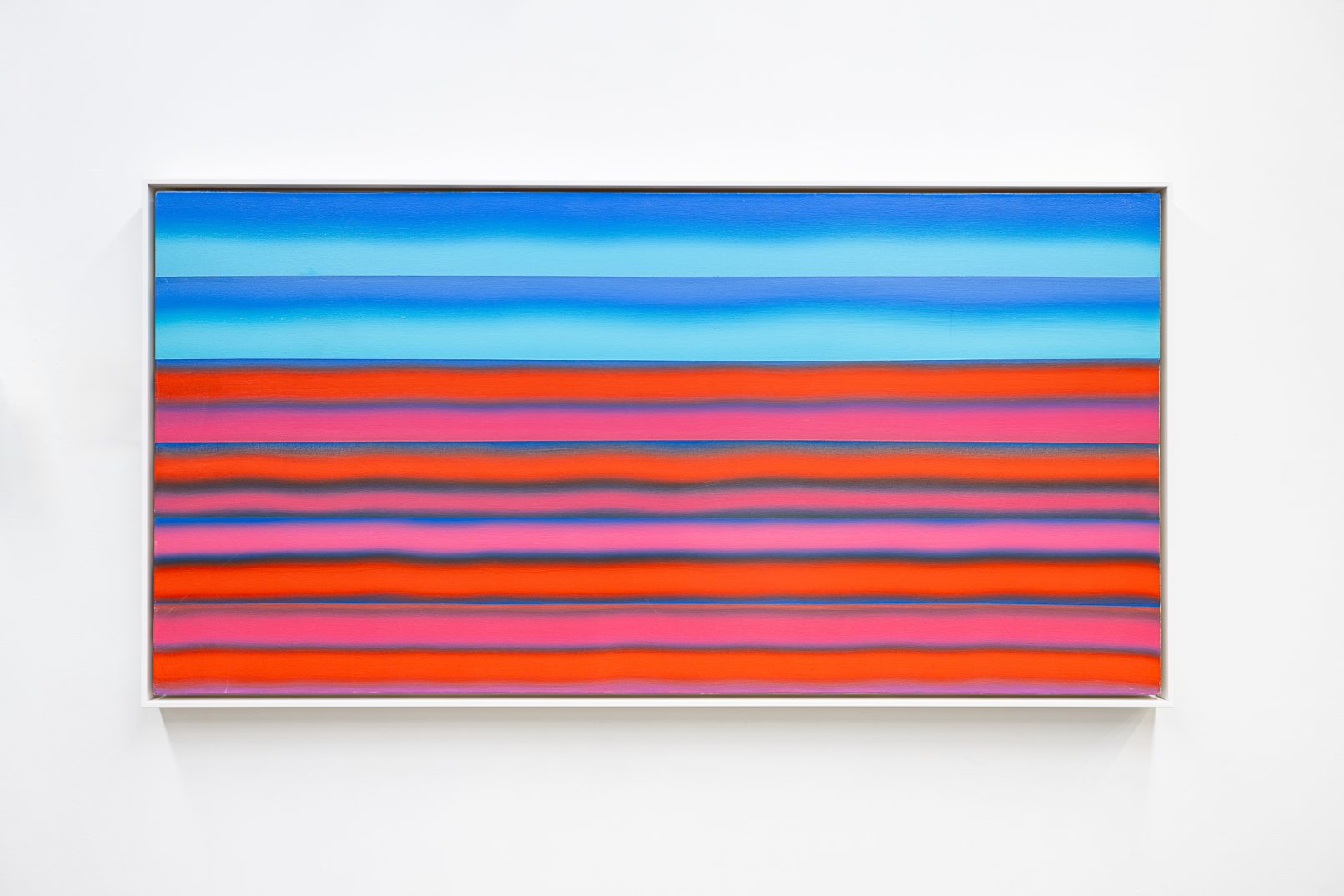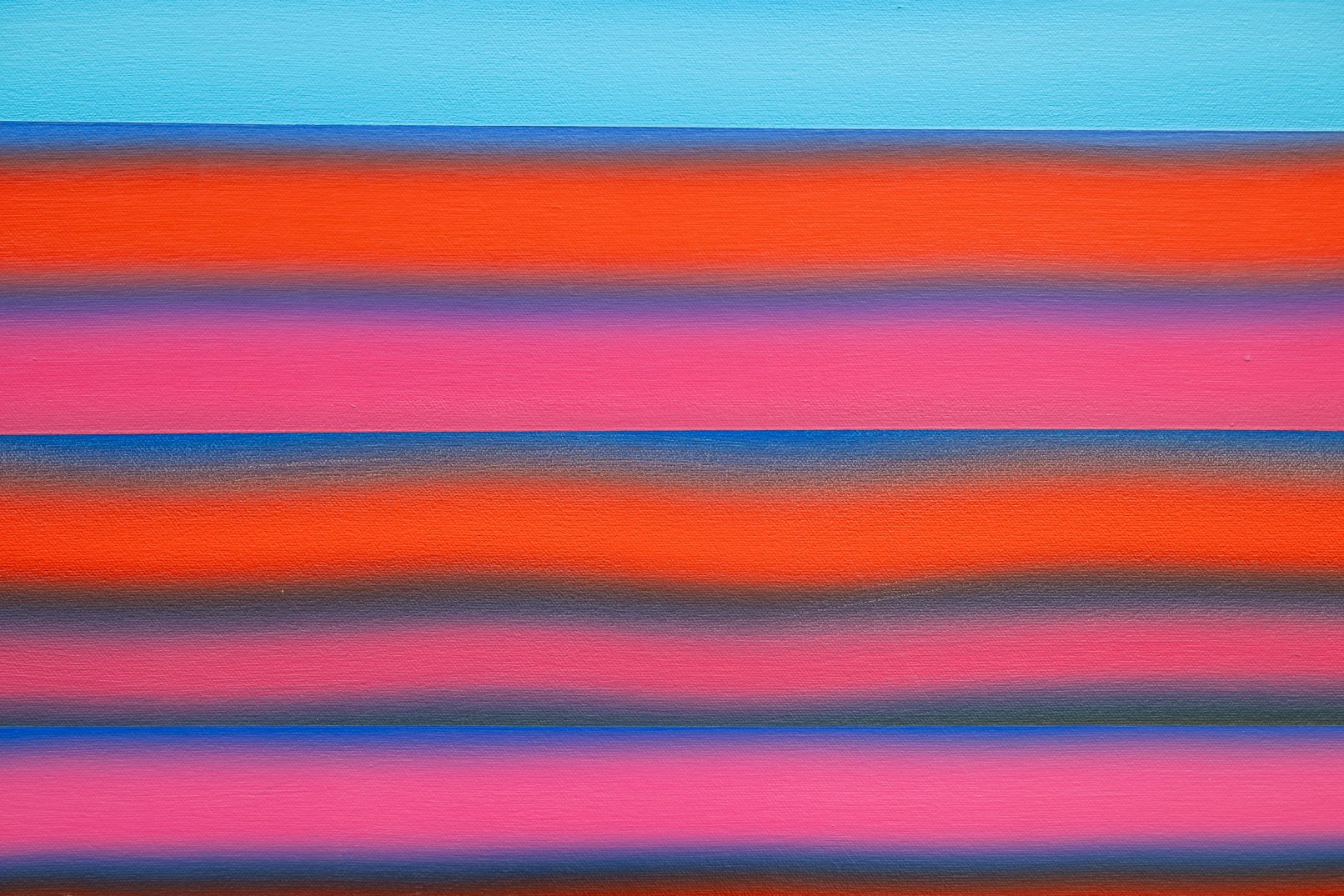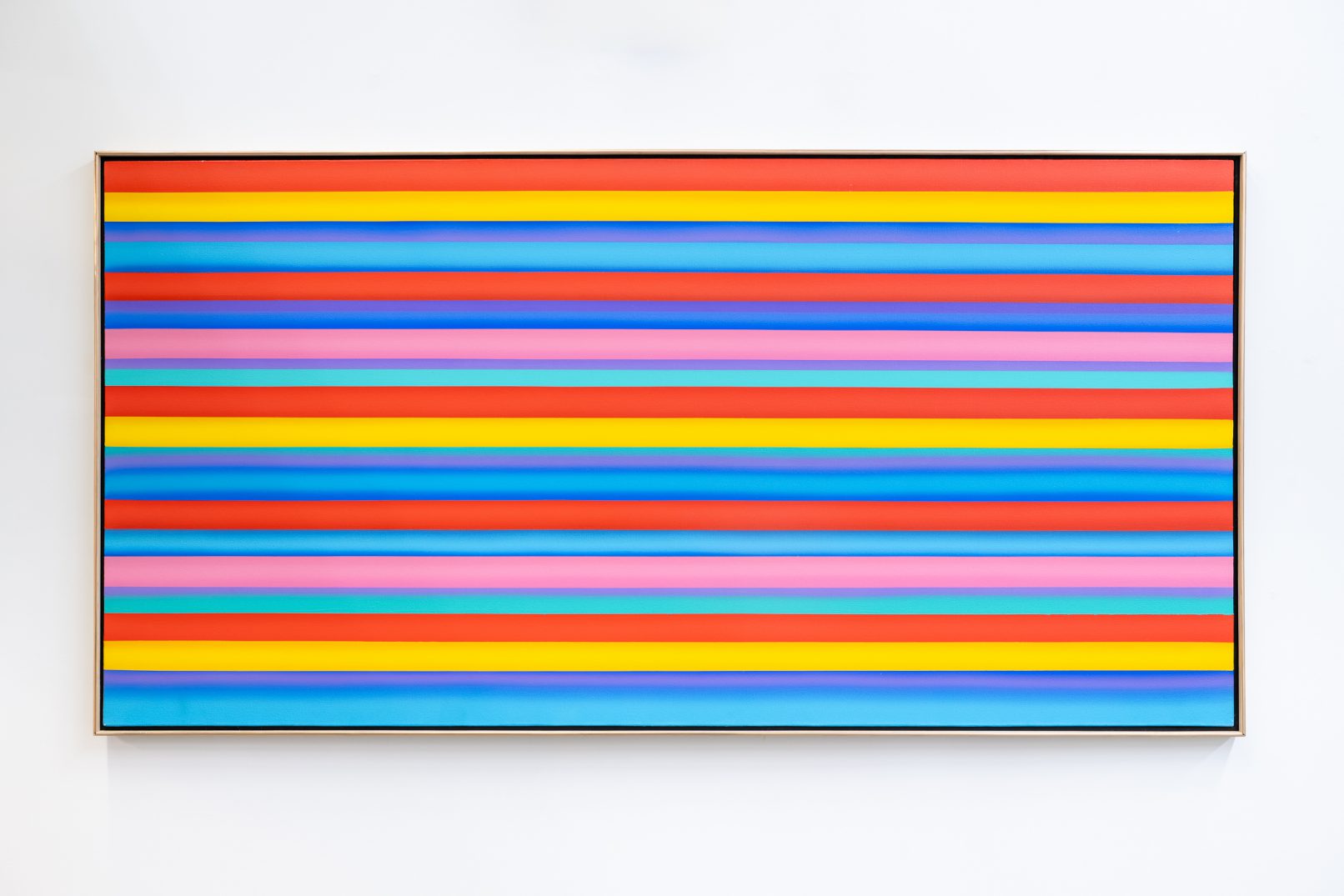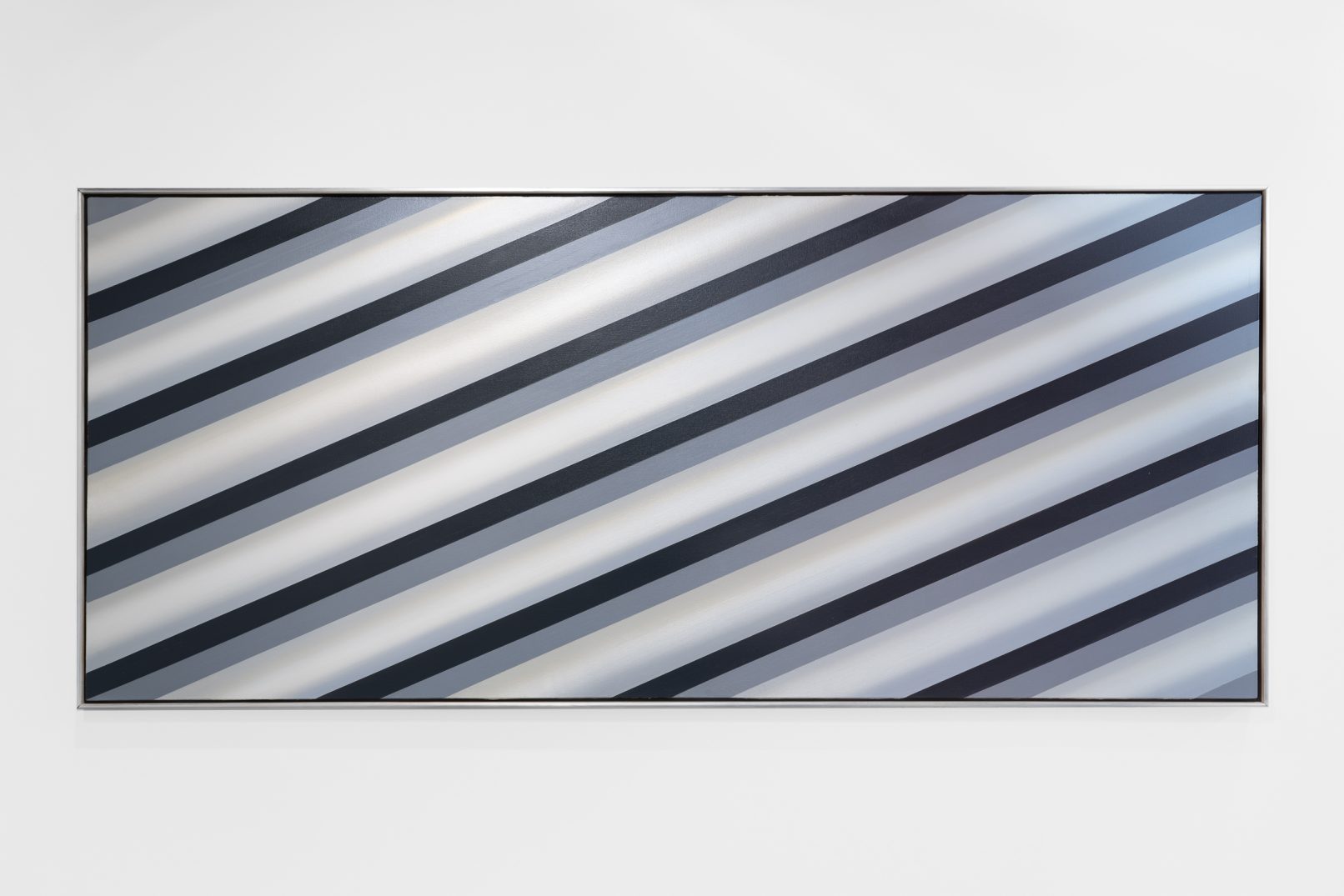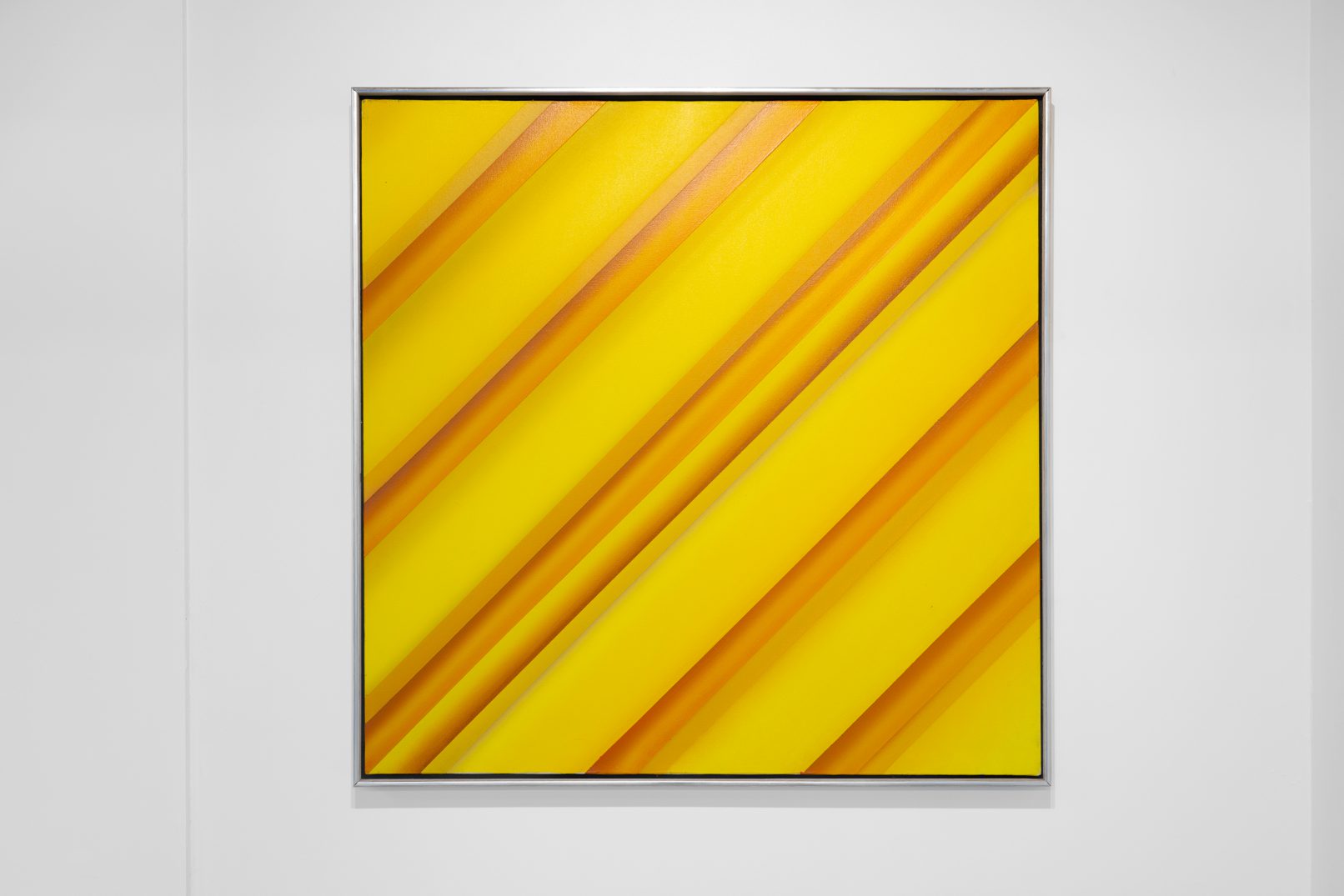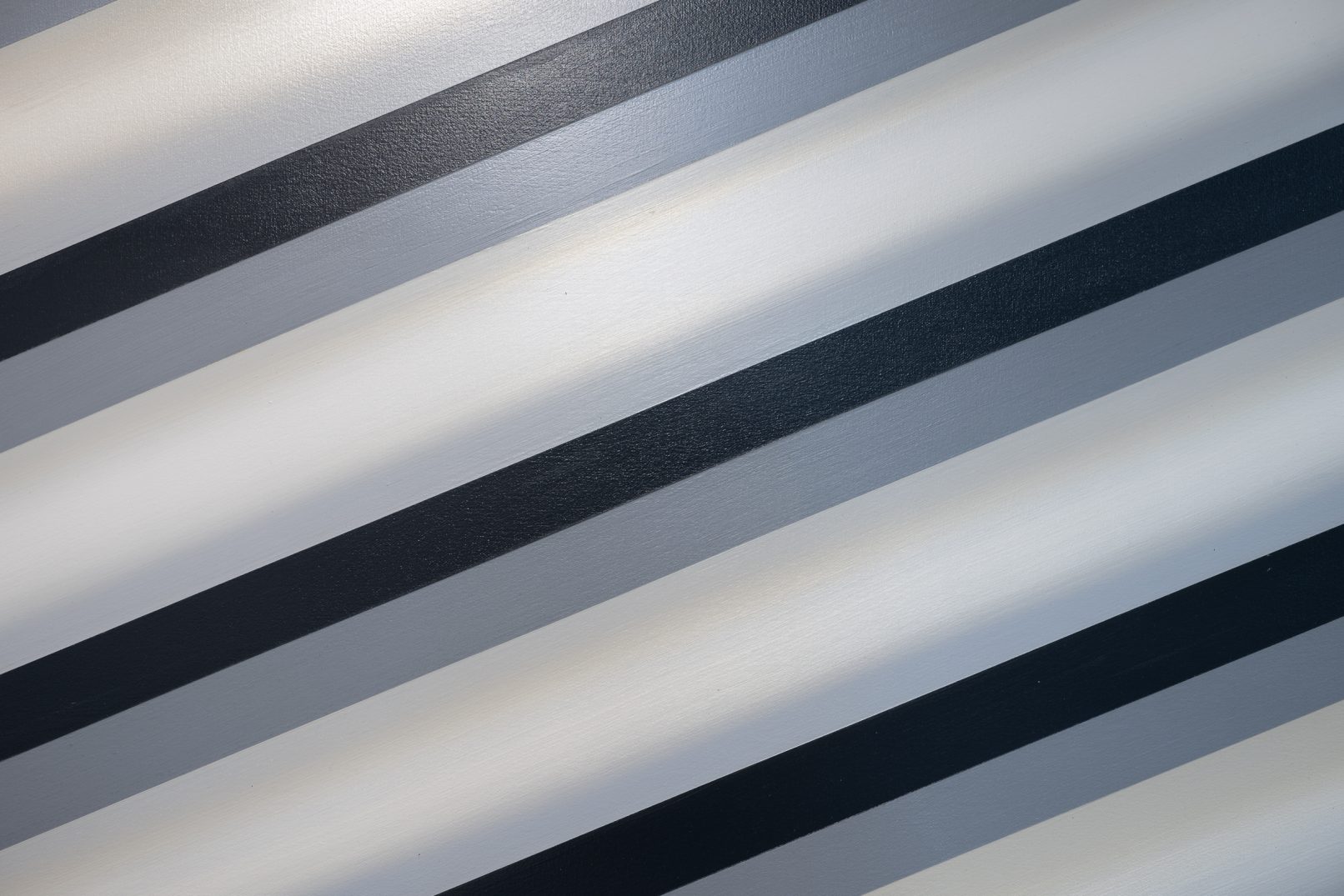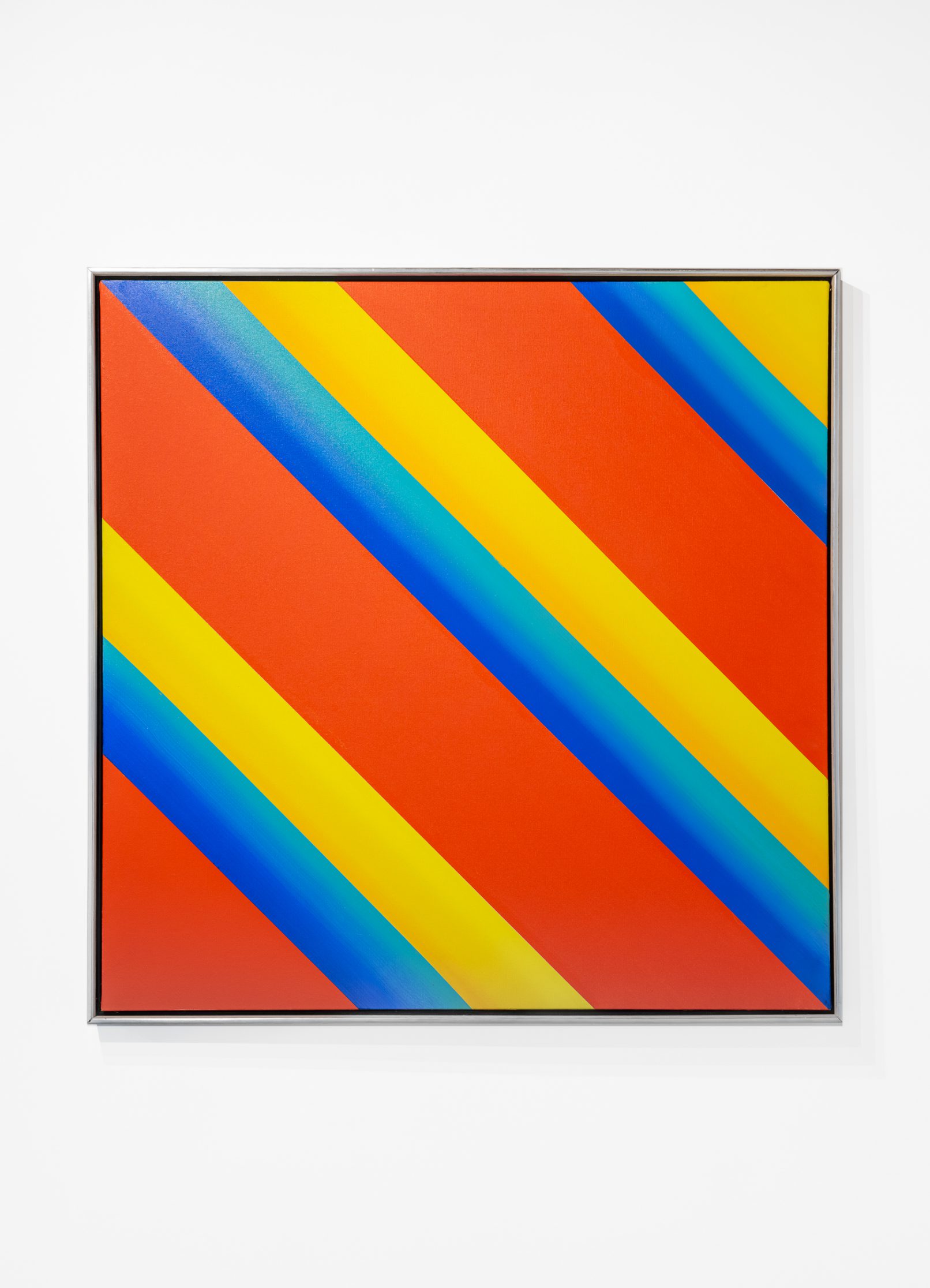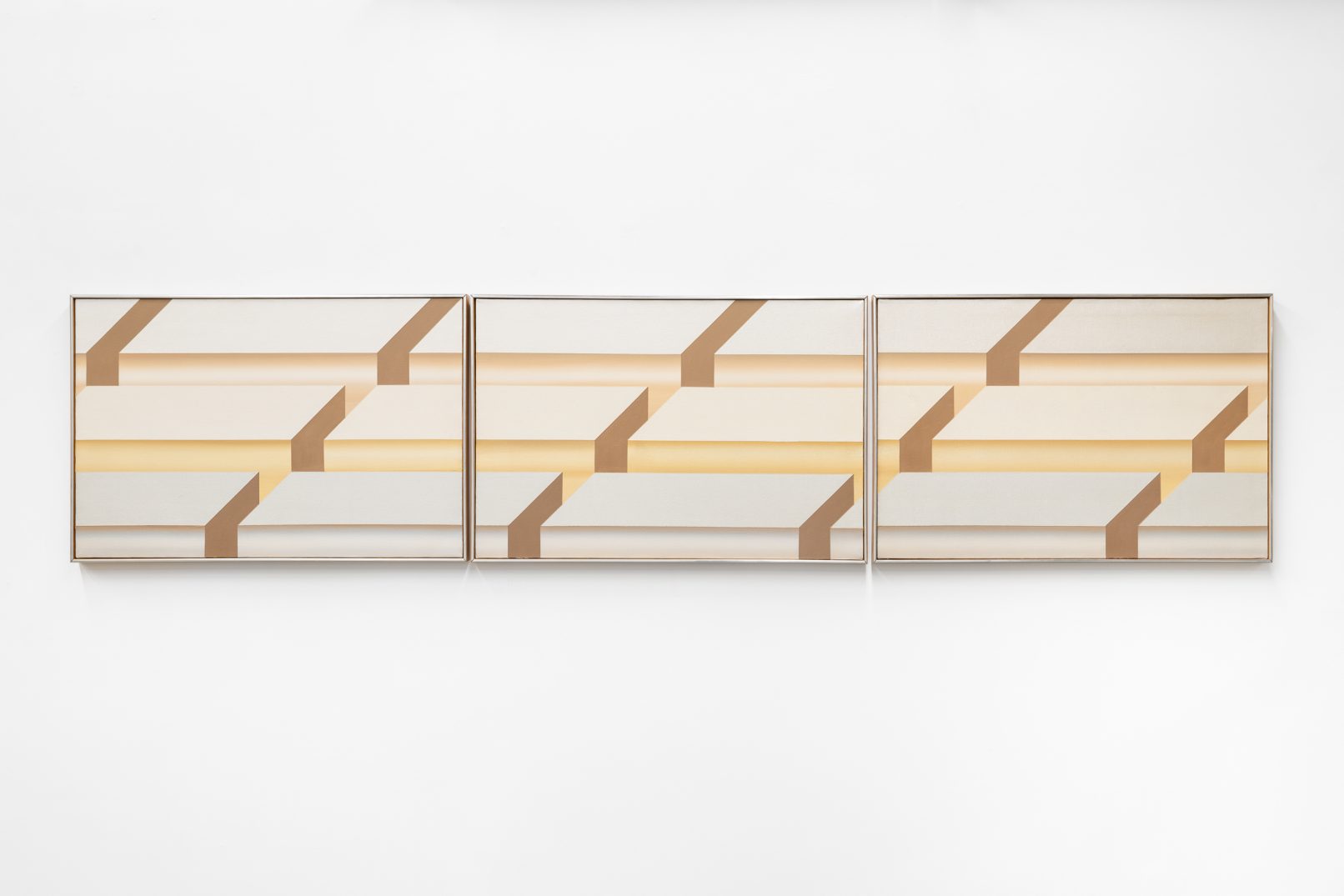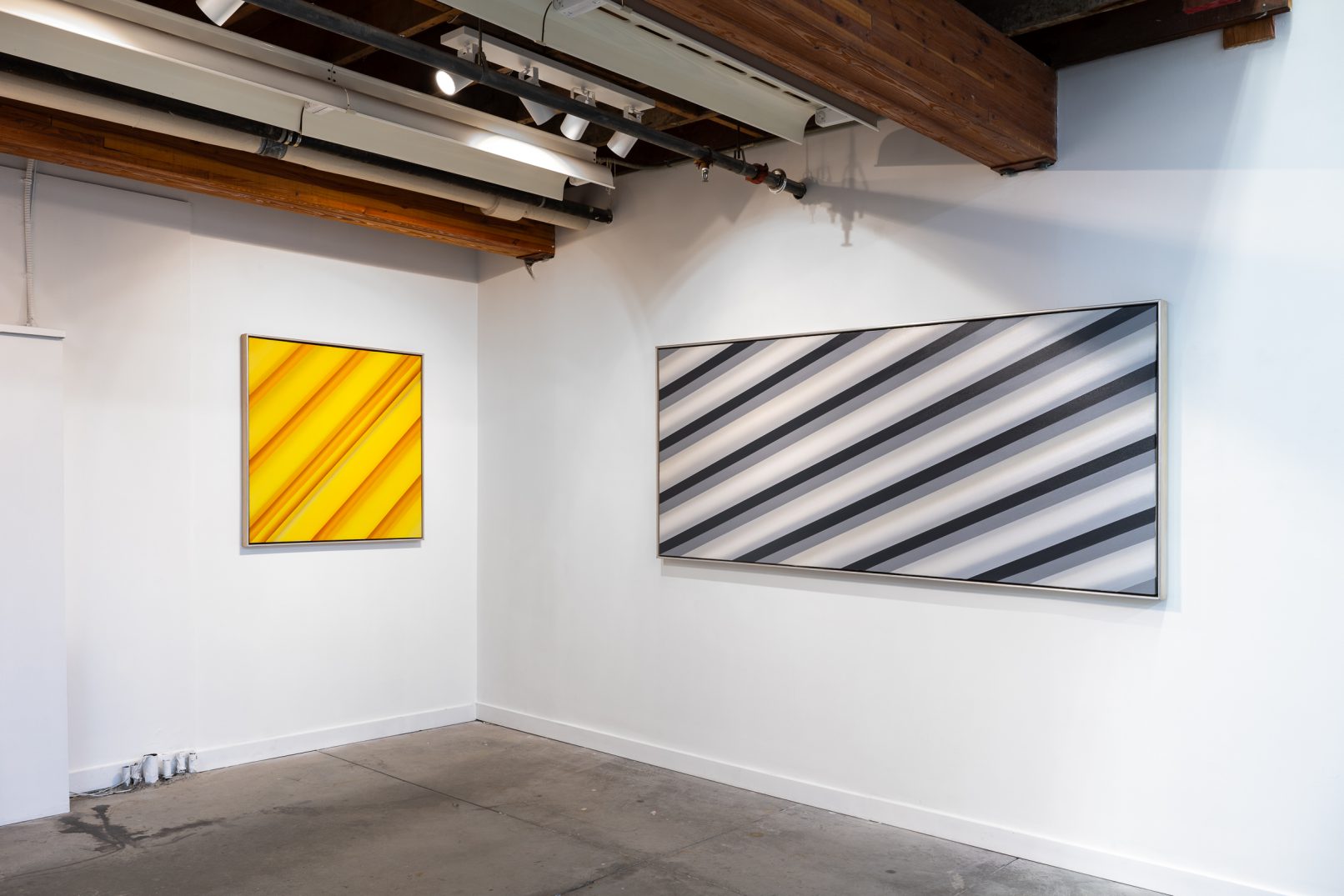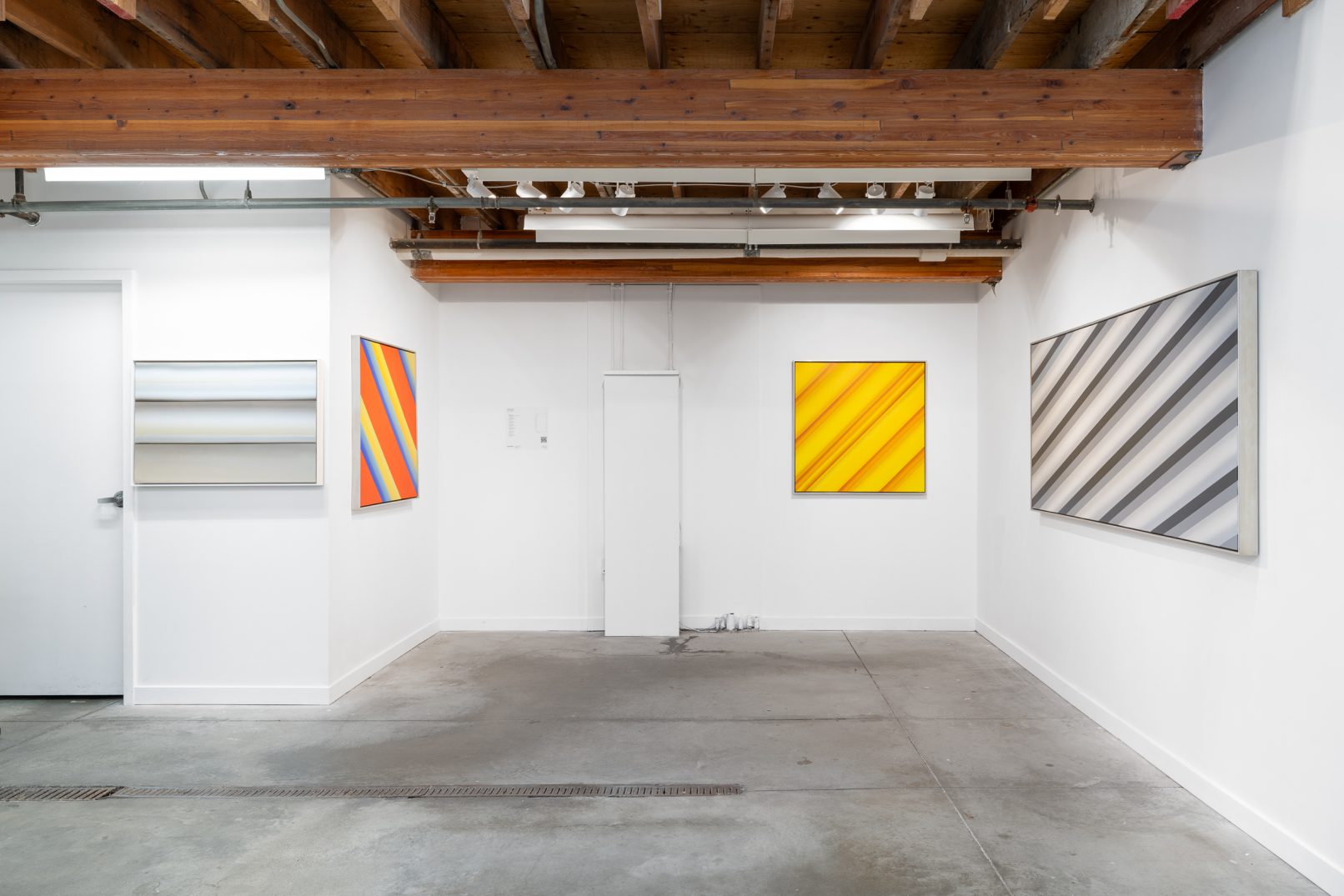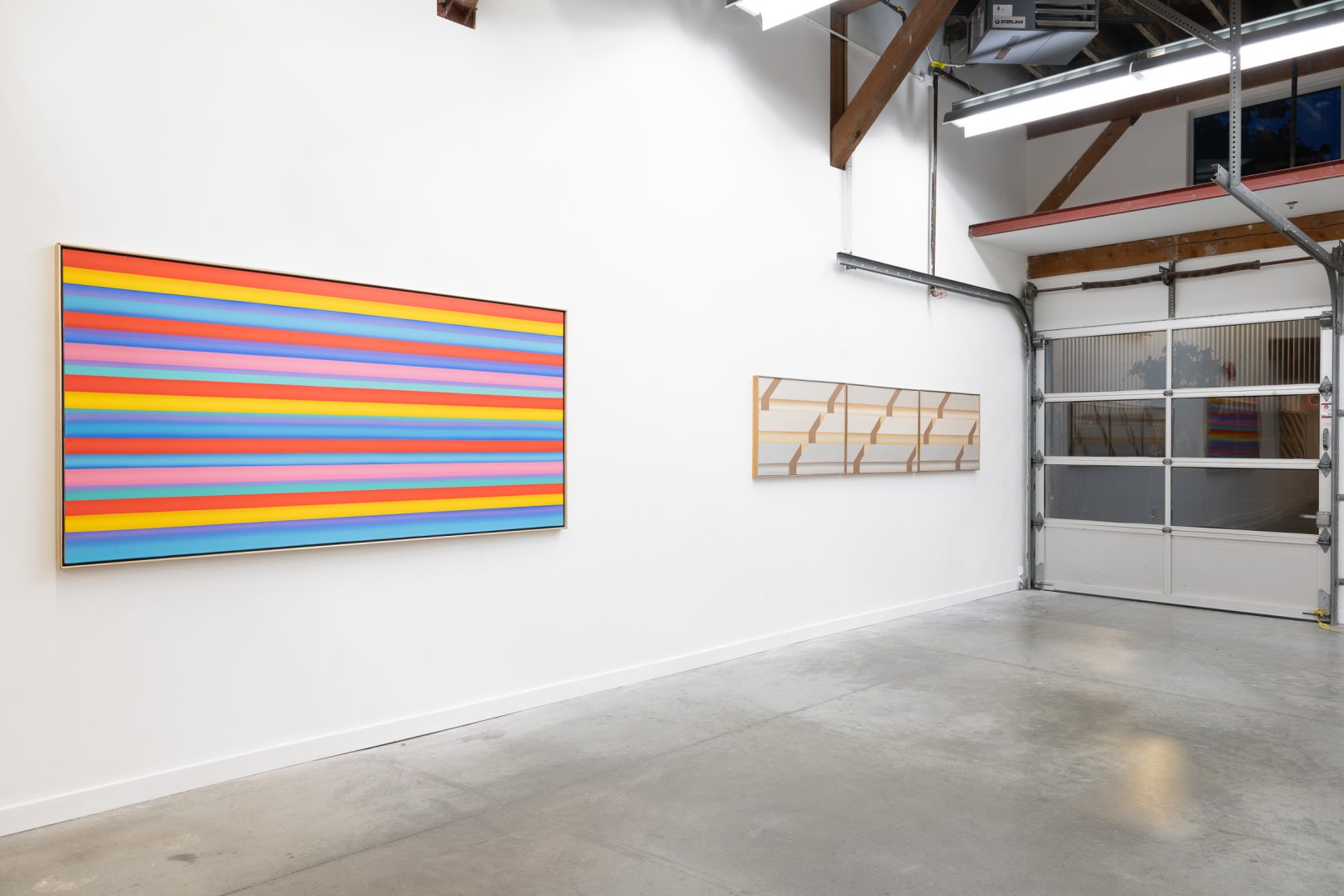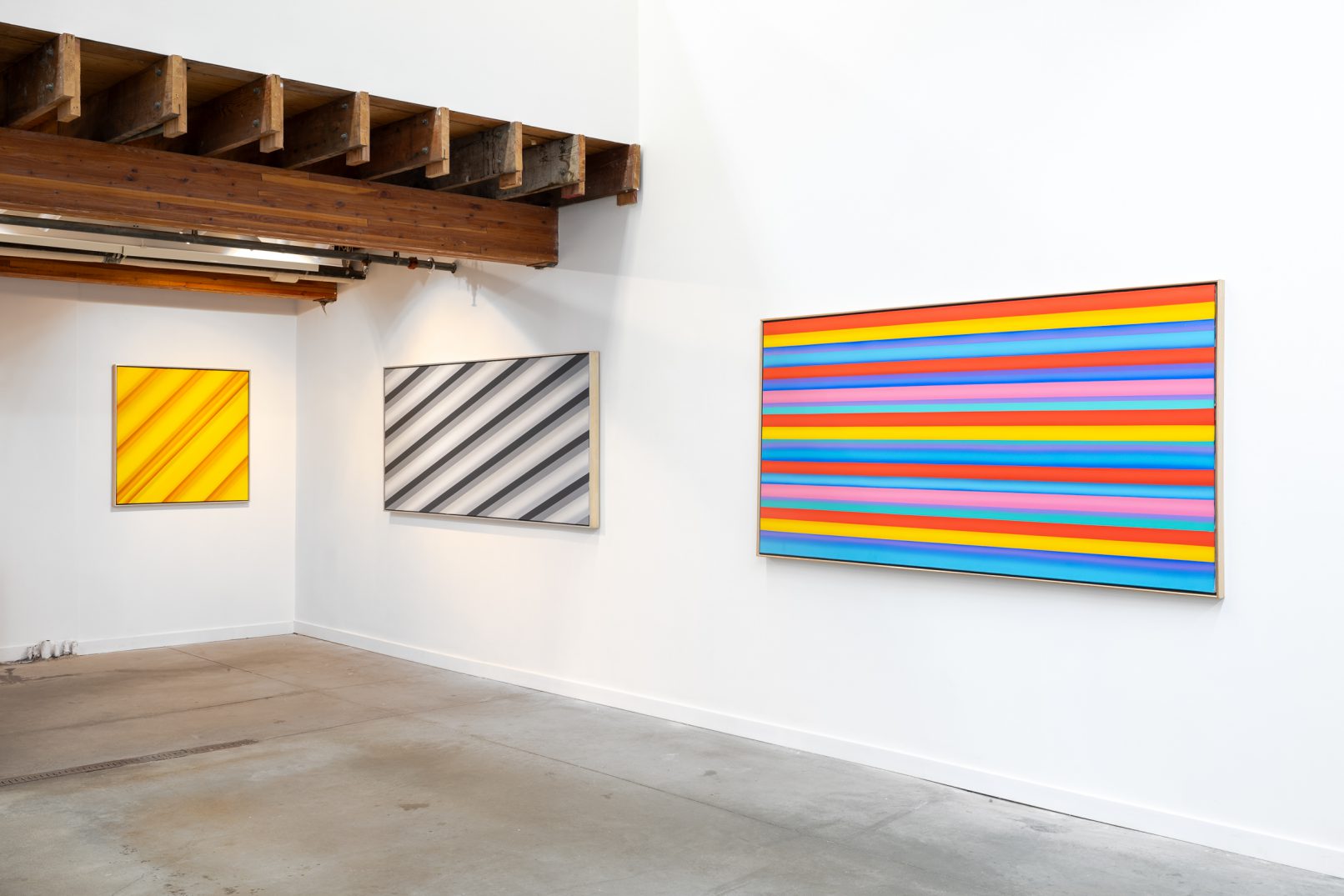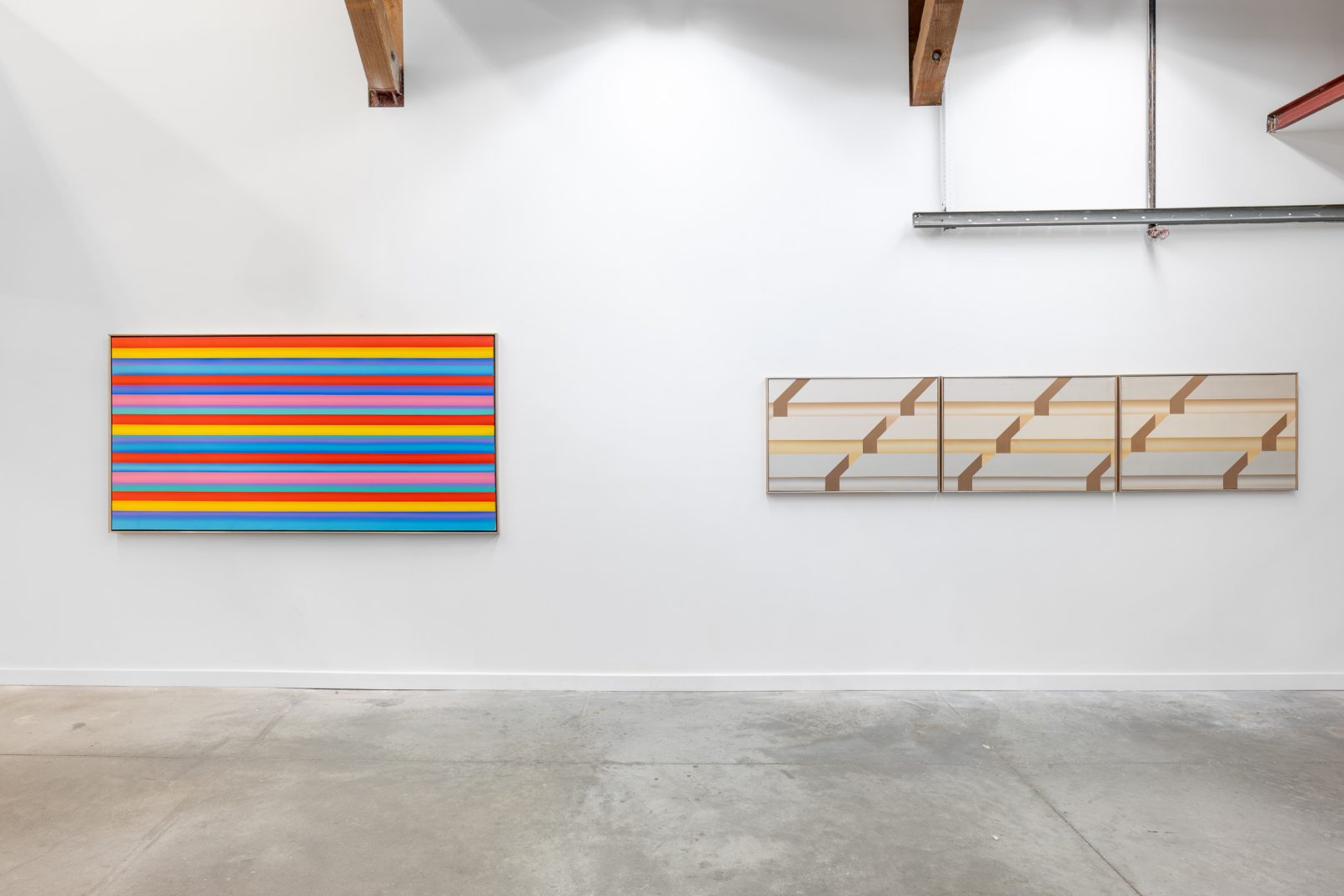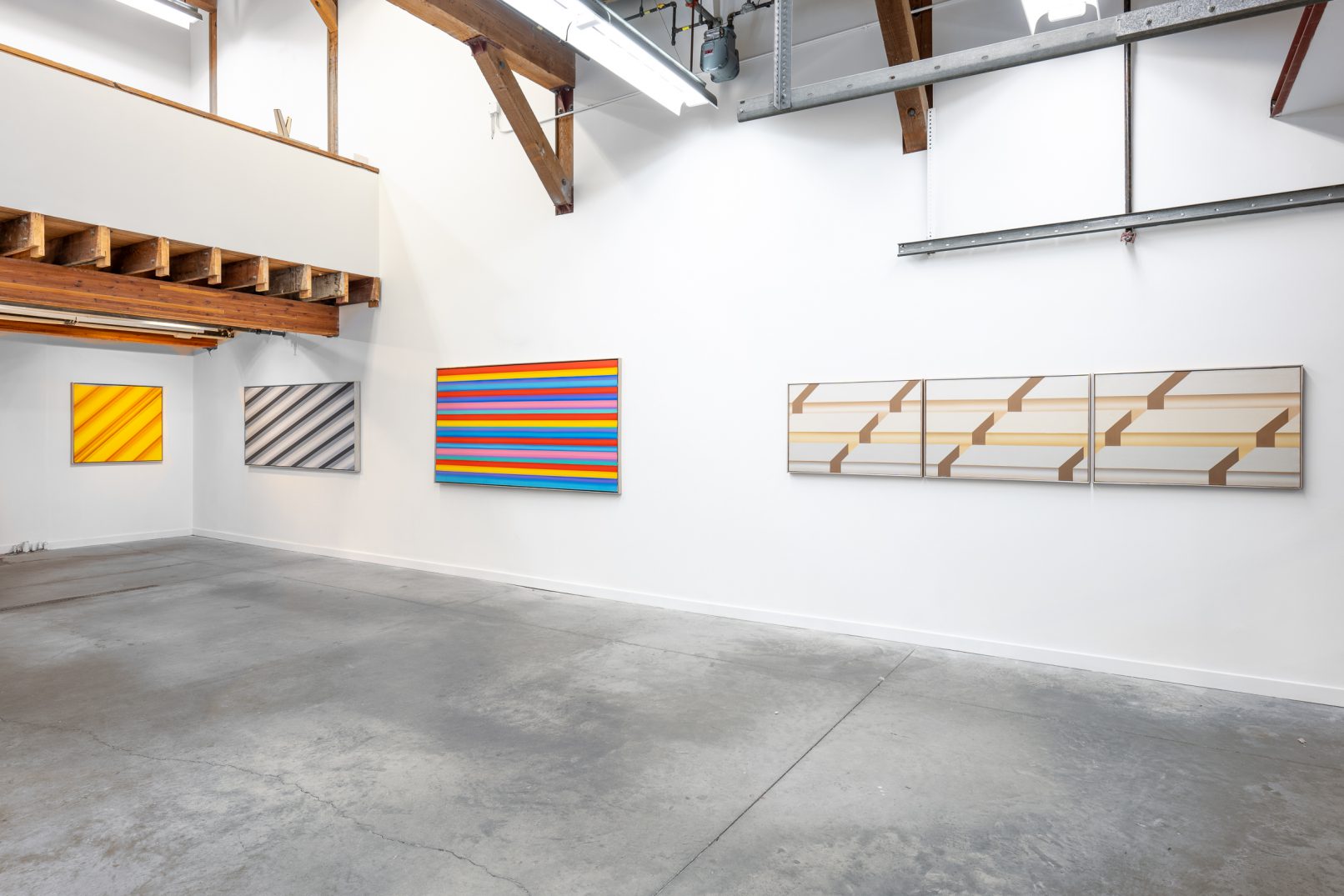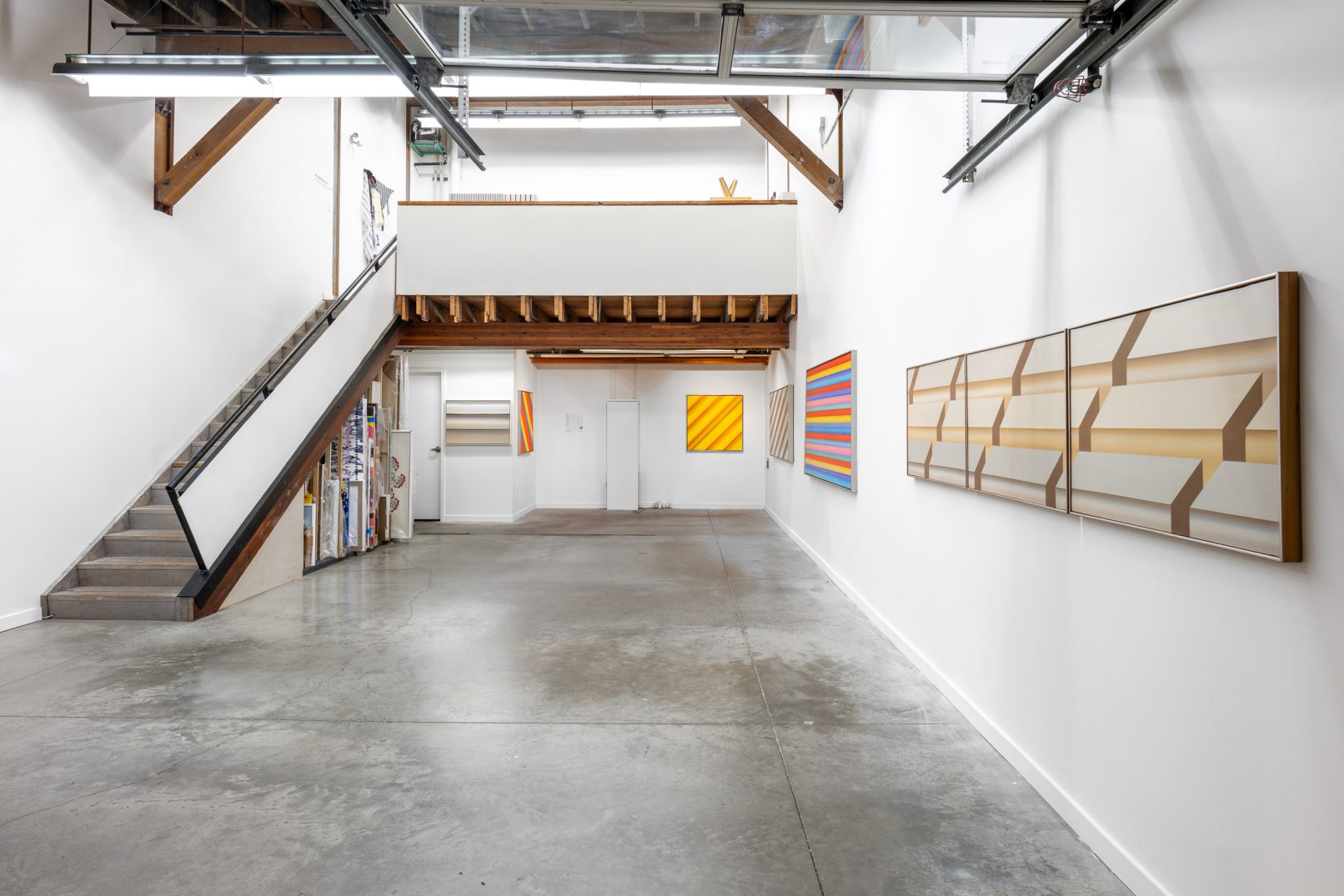JOAN BALZAR: Above or Beyond
JOAN BALZAR
Above or Beyond
Opening reception: Fri, Sept 5, 6-8PM
Exhibition: Sept 5 – Nov 8, 2025
Wil Aballe
1375 Railspur Alley, Vancouver, BC
Hours: Tues – Sat, 12-5 PM
For inquiries please contact Wil Aballe, wil@waapart.com
This exhibition features several never-before-exhibited paintings by important, innovative, West Coast modernist painter, JOAN BALZAR. Balzar passed away in 2016, and her monumental paintings have been collected by the Vancouver Art Gallery, Audain Art Museum and National Gallery of Canada in the past decade.
Joan Balzar had already been immersed in various aspects of science and engineering around 1960 – when she made the switch from abstract expressionist painting, to her signature hard edge-style. Her interest became even greater as the Soviet and American space programs developed and then culminated with the Apollo moon landing of 1969. Not coincidentally various manifestations of arc-forms emerged in Balzar’s work. With the emergence of hard-edge abstraction in the mid-1960s, a range of other quasi-orbital projects appeared, including orbital freeways around cities, the psychogeography of situationists and a plethora of ‘trip’ or orbit-related art forms especially as part of the vehicular wing of conceptual art practice. Those responses to what was seen drew on models from urban geography, philosophy and the scientific community. Balzar had no interest in the other form of 1960s ‘tripping’. What Balzar did seek was work that transmitted to the viewer something of the power of the cosmos and the power of paint. With the many X paintings Balzar merged language, typography, poetics and the power of painted letters into some of the strongest abstract work ever produced in Canada.
Joan Balzar was “of her time”, part of a larger global exploration of the benefit that might derive from hard edge rejection of representation in art. There was a plethora of circularity in art—often manifested as ‘looping’—which had already been identified as a key element in the tautological readings of art’s conceptual side by the mid-1960’s. In Canada, circles and arcs were taken up in the post Kandinsky era. From 1960-1980, in what became known as the experimental, or independent cinema, there were hundreds of films that explored the cinematic potential of looping and repetition. Joan Balzar was not alone, she was doing what artists do best, creating and speaking through and with her own language one that was perhaps more inflicted with scientific influences than that of other arc-obsessed Canadians. The enculturated arcs of the 1960s and 1970s do not exist only in images. Jeff Wall’s Landscape Manual essay extends the idea that the key role of the artist is that of sensitizing viewers via art to the everyday, in this case to the strangeness of landscape as it is transformed via the experience of driving. Wall sees the circular imperative of daily life in almost existential terms—we were ‘going’ but not really getting anywhere because the effort is always circular. If one can posit an overlap between Wall and Balzar, it might be in the presentation of ideas and images as ‘information’ about the world. The image folds back on itself, the subject of the image folds back as well, in a self referential circularity that has since come to define many processes relating to the making, distribution and reception of art. Which is precisely what Balzar has done with her arcs—fragments so small in relation to the imagined whole that they have almost no curvature. Balzar traces the power and sublime grandeur of cosmological rings, orbits, and arcs. As she has said, “my arcs and lines are fragments of a larger whole extending into a greater, lighter space.”
Text excerpts from Joan Balzar: Vancouver Orbital; Bill Jeffries; SFU Gallery, 2011.

